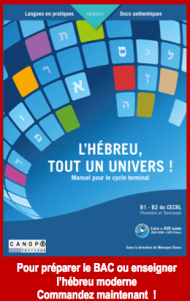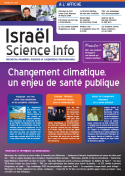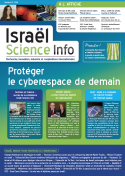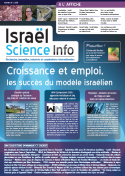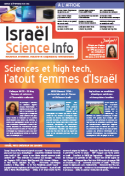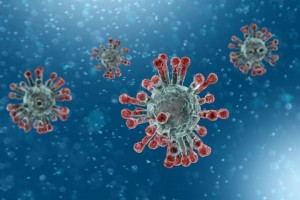Diagnosing coronavirus takes approximately one hour using current methods. A new technology, based on a combination of optics and magnetic particles, can rapidly test 100 samples of patients potentially infected with the virus and reduce the diagnostic time to approximately 15 minutes.
Ramat Gan — The time it currently takes to diagnose Coronavirus coronavirus poses one of the greatest challenges in treating infected patients and increases the risk of exposure. Using a new technology developed by Dr. Amos Danielli, of the Alexander Kofkin Faculty of Engineering at Bar-Ilan University, saliva tests can be analyzed within 15 minutes. The technology has already been proven to reduce the diagnostic time of Zika virus and is currently being used in the Ministry of Health’s central virology laboratory at Tel Hashomer Hospital.
Dr. Danielli’s lab has developed a technology for sensitive detection of virus-specific RNA sequences by attaching the virus’ RNA to a fluorescent molecule that emits light when illuminated by a laser beam. At very low concentrations of RNA, the signal emitted is so low that existing devices cannot detect it. “If we think of the saliva of a corona patient filling an entire room, then this laser beam can be compared to the size of a fist and at low concentrations of virus RNA, there might be only 2–3 fluorescent molecules within that fist,” explains Danielli. Adding magnetic particles to the solution enables them to adhere to the fluorescent molecules. This enables a greater concentration of fluorescent molecules and a much more accurate measurement.
Two main goals guided Dr. Danielli in developing this technology – simplifying the diagnostic process and making it more accurate. “This development relies on the use of two small electromagnets, which are magnets powered by an electric current. By properly positioning them, we were able to create a strong magnetic field and collect all the thousands of fluorescent molecules from the entire solution and aggregate them inside the laser beam, thereby multiplying the signal strength by several orders of magnitude. But that’s not all. Instead of pumping the solution we alternately operate the electromagnets, once on the left and once on the right, moving the molecules from side to side, in and out of the laser beam. As they pass through the laser beam they become illuminated. When they exit the light beam they are no longer illuminated. This flickering allows us, without any additional procedures, to accurately determine whether a person has been exposed to coronavirus.”
The high sensitivity of the platform and its ease of operation facilitate its use in point of care applications where resources are limited. To provide doctors with an alternative method for accurate detection, Dr. Danielli’s group is also collaborating with European universities to identify antibodies that the immune system produces against coronavirus.








